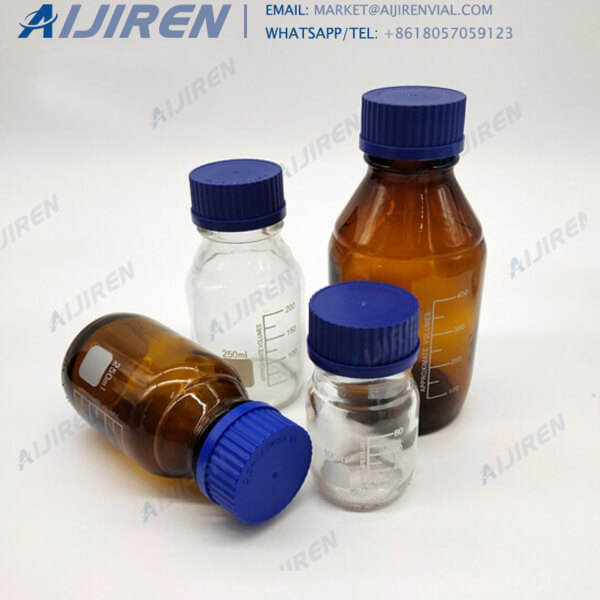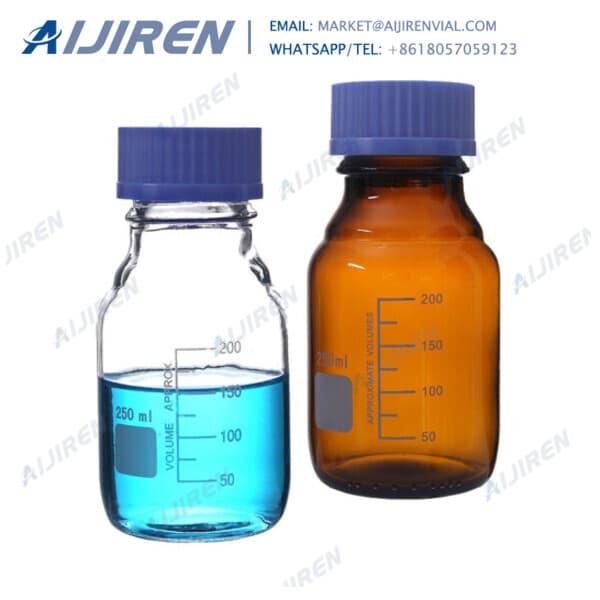The Importance of Septum Compatibility with Samples and Solvents
-

Recent advances in liquid-phase microextraction techniques
Dec 1, 2017 · In addition, solvent demulsification DLLME was also proposed for GC–MS based fast and efficient analysis of 16 priority polycyclic aromatic hydrocarbons in environmental water samples [35]. In the extraction procedure, n-hexane (density of 0.655 g/mL) was injected as an extraction solvent into the sample solution containing the target analytes.
Get Price -
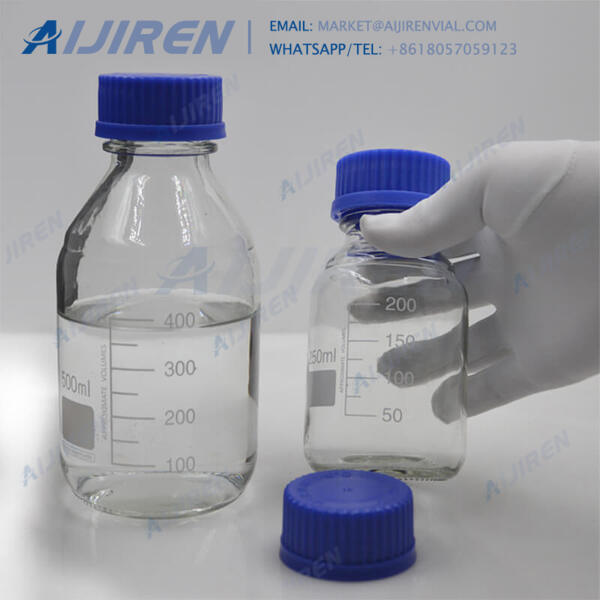
Understanding the GC Inlet - Aijiren
Dirty samples are OK - backflushing Analyte Boiling Range - Wide (but narrower than split) • early eluters need bp difference vs solvent Solvent Properties • Wide Boiling Point Range –but consider bp of earliest eluting analyte • Wide Polarity Range (but narrower than split) –Water and Methanol worst choices Greater Sample Residence Time
Get Price -

HPLC and GC Vials, Caps, Septas and Inserts Guide
3. Chromatography Sample Compatibility . The sample solvent compatibility should be considered when choosing vials and septas. For example, amber glass vials are mostly used for light-sensitive samples while plastic polypropylene vials are used for solutions that are sensitive to glass.
Get Price -

How to Diagnose GC Septum Bleed Contamination Sources: Could
In this case, the septum bleed peaks are almost as large as the analyte peaks. This level of bleed can interfere with analyses, especially those geared for trace levels. Reduce the risk of septum bleed by using a compatibility chart to determine which septum material is compatible with the sample solvent used.
Get Price -
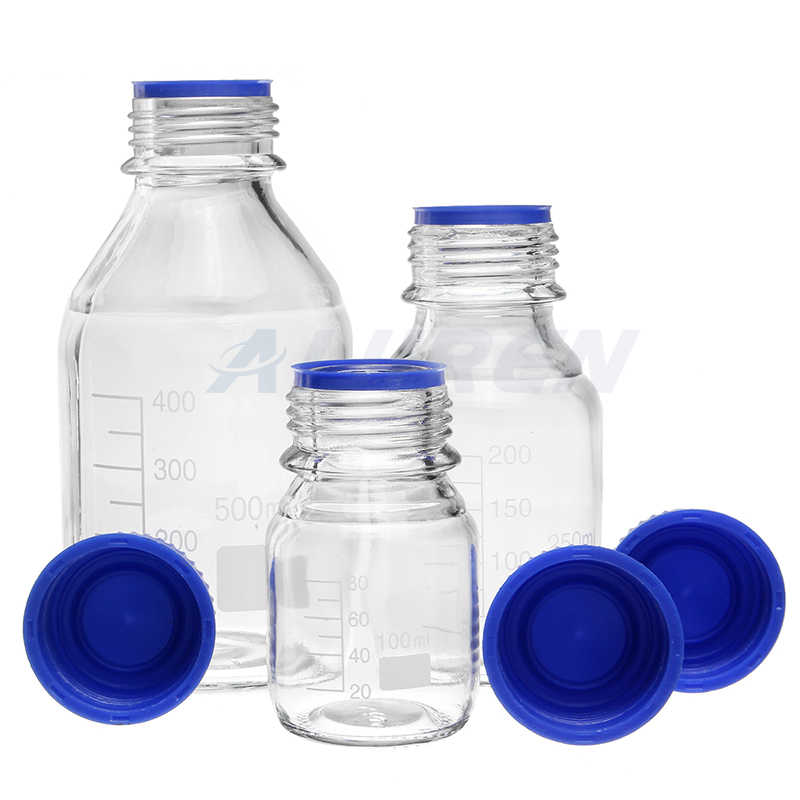
Mind the Diluent: Effects of Sample Diluent on Analyte
cally by simply changing the sample solvent composition to contain 95% acetonitrile, as shown in Figure 1d. Recognizing the importance of the sample solvent composition, particularly when the injection volume is large rela-tive to the column volume, several dif-ferent groups have developed a number of approaches to address this issue. The
Get Price -
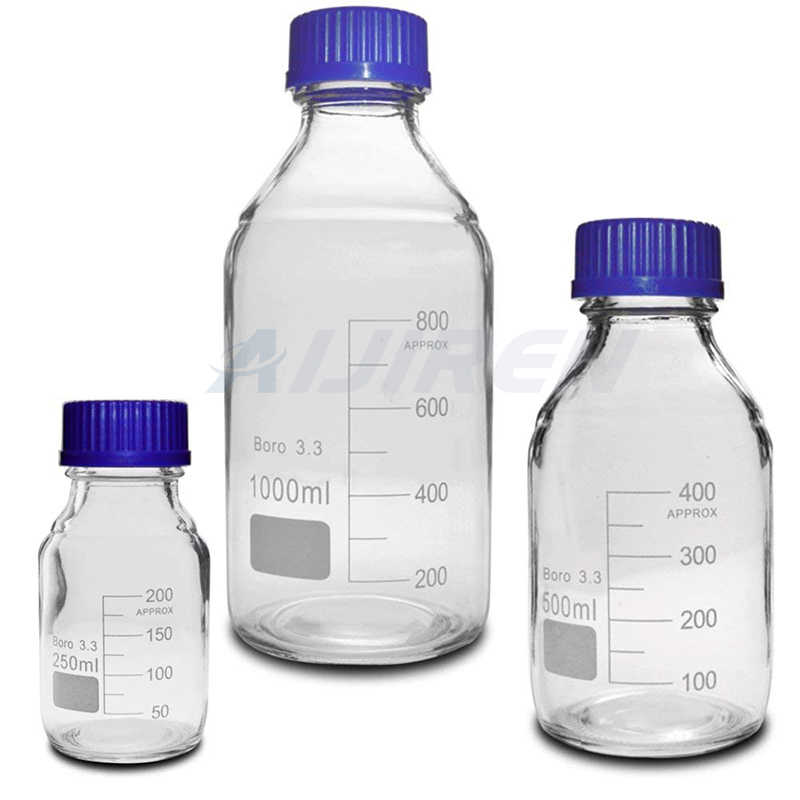
GUIDELINES FOR AUTOSAMPLER VIAL SELECTION
depth within the vial even if there is a very minute volume of sample available. Solvent Compatibility Type I borosilicate glass inserts are most commonly used for trace analysis in chromatography. Polypropylene inserts are less expensive than glass and are suitable for applications involving pH sensitive samples. Insert Shape and Point Style
Get Price -
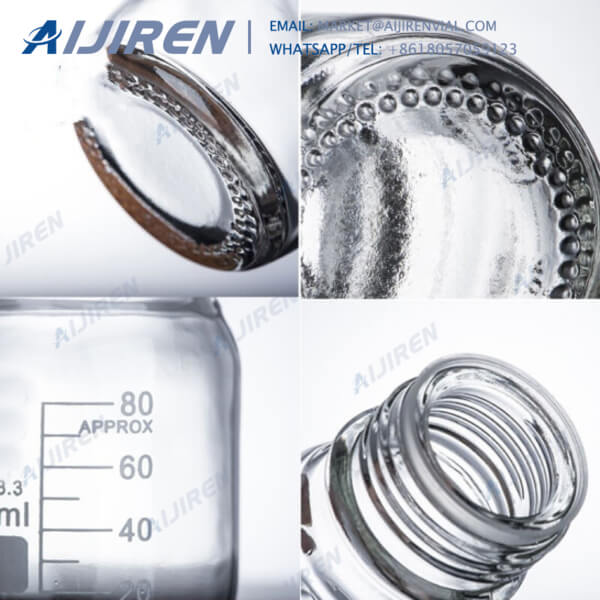
Septa Selection Tool | Thermo Fisher Scientific - US
Don’t let your septum be the cause of injection failure. The septum you choose for your autosampler vial can impact sample evaporation, sample security, needle bending and blockages, and instrument down time. Don’t let the complexities of septa selection slow you down.
Get Price -

An Aijiren Septum is Not Just a Septum
analyte and makeup solvents. Table 1 shows the range of septum materials and their corresponding compatibilities to a range of common solvents used in sample preparation. The septum forms a barrier between your sample analyte in the vial and the outside atmosphere. This barrier protects your sample from external contamination while allowing a
Get Price -
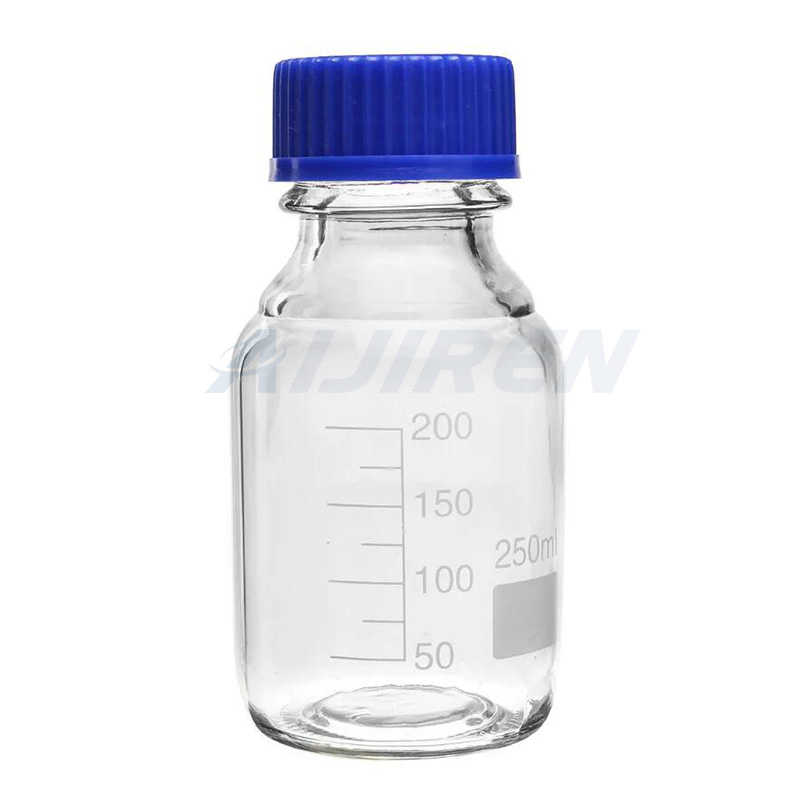
HPLC Autosamplers: Perspectives, Principles, and Practices
Aug 1, 2019 · A flush solvent is used to fill the metering syringe as a "carrier" solvent and provides a continuous fluidic path for sample withdrawals and delivery. Air gaps are often used to segment the sample plug from the carrier solvent. One example of the push-loop autosampler is the PerkinElmer Series 200, described elsewhere (3). The Pulled-Loop Design
Get Price -
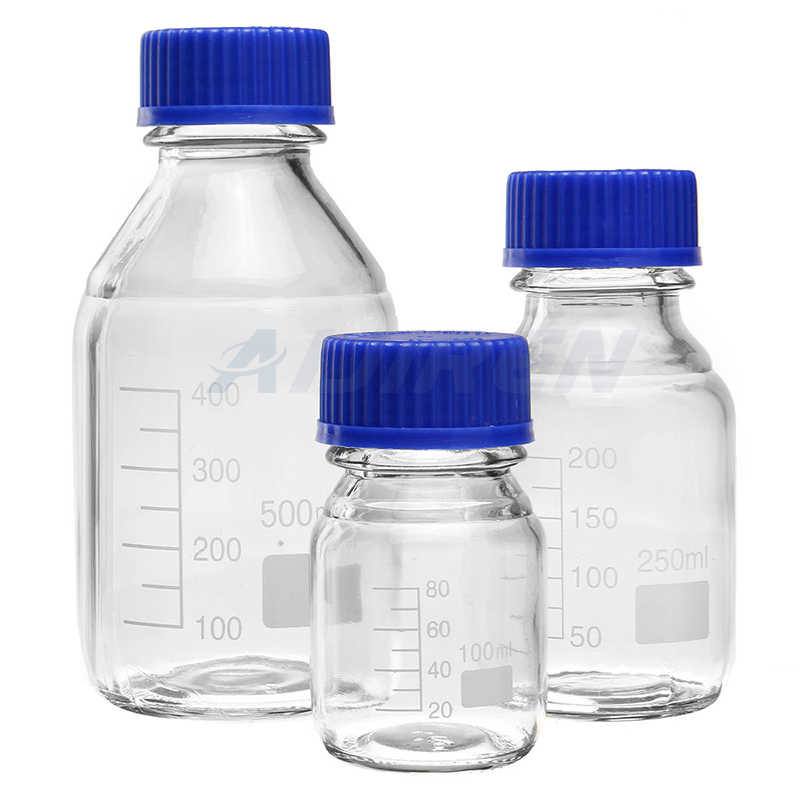
Best Practices for Using an Aijiren LC System Technical Note
Exchange water-based solvents daily. † Algae growth may block the degasser or filters. † Precipitation of insoluble salts may block filters or capillaries. † Select solvent volume to be used up within 1 – 2 days. † Use only HPLC-grade solvents and water filtered through 0.2 . µm filters. † Residues or contaminations may block
Get Price -
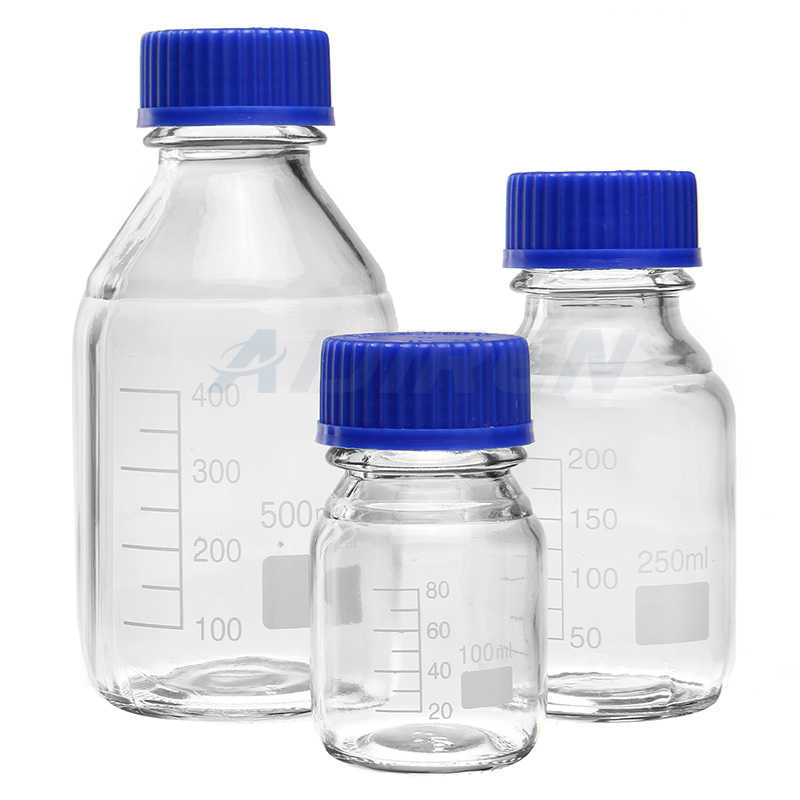
How Pierced PTFE/Silicone Septa Affect GC-MS Experiments
Jan 2, 2006 · When the needle pierces the septum, the rubber is exposed to the sample by either headspace or direct contact, which will affect the quality of the data in various ways. This application note discusses the influences of pierced PTFE/silicone septa in GC-MS experiments. Two examples are given: the loss of nonpolar volatile organic compounds
Get Price -
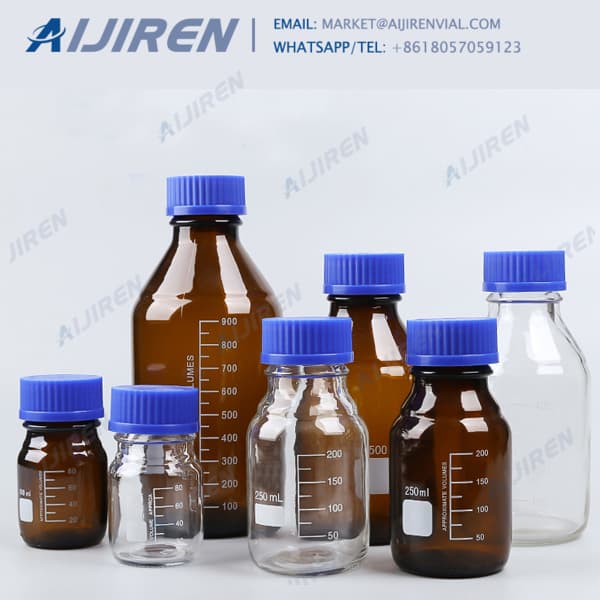
Septa Selection Guide - Thermo Fisher Scientific
and are intended for single injection use with aqueous based sample mixtures. Polypropylene septa offer better solvent compatibility compared to polyethylene, but piercing force is slightly higher. Viton (V1) septa Viton septa are used in situations where a resealable septum is required for a sample matrix that aggressively attacks all other
Get Price -

How to Use the Chemical Compatibility Chart Vials and Closures
Materials commonly used for septa include PTFE, silicone, natural red rubber, butyl rubber, Viton, polypropylene and polyethylene. PTFE is often laminated onto the sample facing side of a resealable septum to improve solvent exposure characteristics.
Get Price -
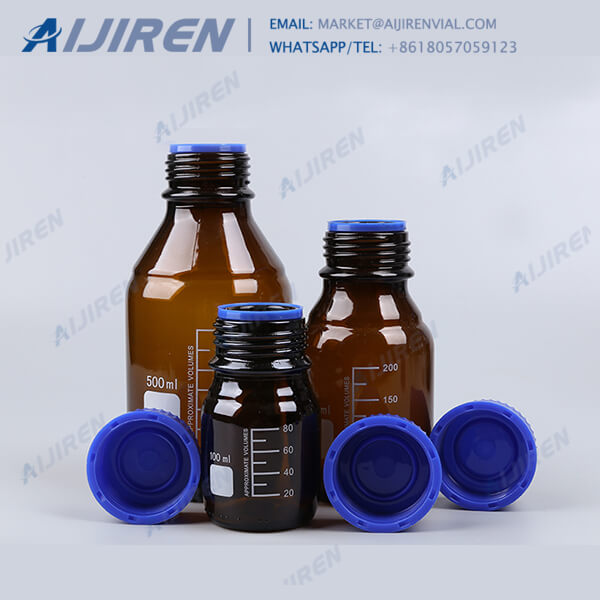
LC-MS Contaminants - Merck
filtration alone cannot provide the sample necessary for analysis, but forms an integral part of an overall sample preparation strategy, which involves other sample preparation techniques, like extraction, centrifugation and depletion. Figure 2. Particle retention ability differs between different membranes and between different suppliers.
Get Price -

Simplifying GC Syringes and Sample Introduction - Aijiren
Choose a wash solvent(s) that make(s) sense for the analysis • Is the analyte soluble in the solvent? • Wash solvent = sample solvent when possible • If using binary wash system make sure the solvents are miscible and rinse with the sample solvent last just before the sample • Do not use acidic or alkaline solvents with syringes
Get Price


